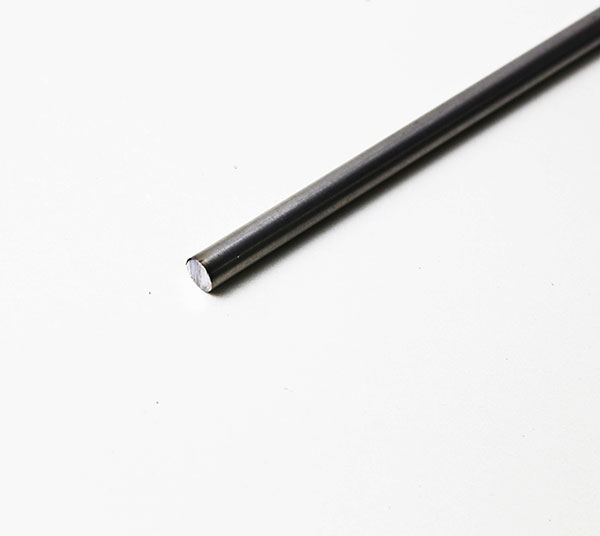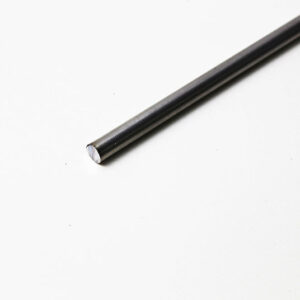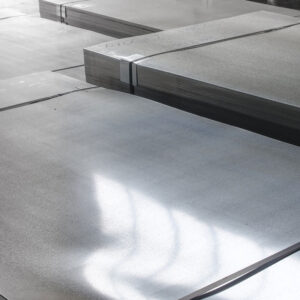625 NICKEL BAR
625 NICKEL BAR
625 NICKEL BAR, ROD, & WIRE
Nickel Alloy 625 bar, rod, and wire is used for its high strength, easy fabrication (including joining), and outstanding corrosion resistance. Service temperatures range from cryogenic to 1800?F (982?C). Alloy 625 derives its strength from the stiffening effect of molybdenum and niobium on its nickel-chromium matrix – thus eliminating the need for precipitation-hardening treatments. This unique composition is also responsible for the products superior resistance to a wide range of severely corrosive condition and high-temperature effect such as oxidation and carburization. The properties of Alloy 625 make it an excellent choice for seawater, aerospace, and chemical processing applications.
Specifications:
- UNS: NO6625
- W. Nr.: 2.4856
- AMS: 5599
- ASME: SB 443
- ASTM: B 443
Chemical Composition, %:
|
Cr |
Ni |
Mn |
Si |
Cb (+ Ta) |
Ti |
S |
C |
Fe |
Al |
Mo |
P |
Co |
||
| MIN |
20.0 |
– |
– |
– |
3.15 |
– |
– |
– |
– |
– |
8.0 |
– |
– |
|
| MAX |
23.0 |
Bal. |
0.5 |
0.5 |
4.15 |
0.4 |
0.015 |
0.1 |
5.0 |
0.4 |
10.0 |
0.015 |
1.0 |
|
Features:
- High tensile, creep, and rupture strength
- Outstanding fatigue and thermal-fatigue strength
- Excellent oxidation resistance
- Excellent weldability and brazeability
- Immune to chloride ion stress corrosion cracking
Applications:
- Seawater applications (springs, seals, bellows for submerged controls , electrical cable connectors, fasteners, flexure devices, and oceanographic instrument components
- Aerospace applications (aircraft ducting systems, engine exhaust systems, fuel and hydraulic line tubing, spray bars, bellows and combustion system transition liners).
- Plant equipment in chemical processing field
- Nuclear field applications
- Offshore industry marine equipment
- Flare stacks
- Bellows
Corrosion Resistance:
Alloy 625 shows excellent corrosion resistance in a wide range of media.
- Outstanding resistance to pitting and crevice corrosion in chloride-bearing media and to impingement corrosion or inter-granular attack
- High resistance to corrosive attack by mineral acids, such as nitric phosphoric, sulphuric, and hydrochloric acids, as well as to alkalis and organic acids in both oxidizing and reducing conditions



